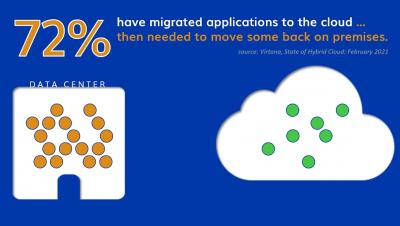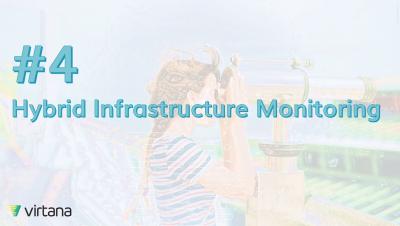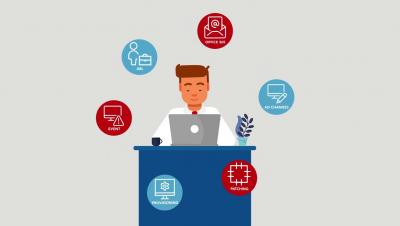D2iQ: The Smart Way to Get to Day 2
Leveraging the cloud for business can be rewarding, but getting from cloud to cloud-native is easier said than done. The reality is that in today’s dynamic IT environment, while experiencing the creation of truly amazing technology, forces organizations to choose from an excessive number of options—from cloud providers, to orchestration platforms, to setup tools. Graduating from day 0 means figuring out operational efficiency, security, and long-term costs. So how do you ensure a successful Day 2?











